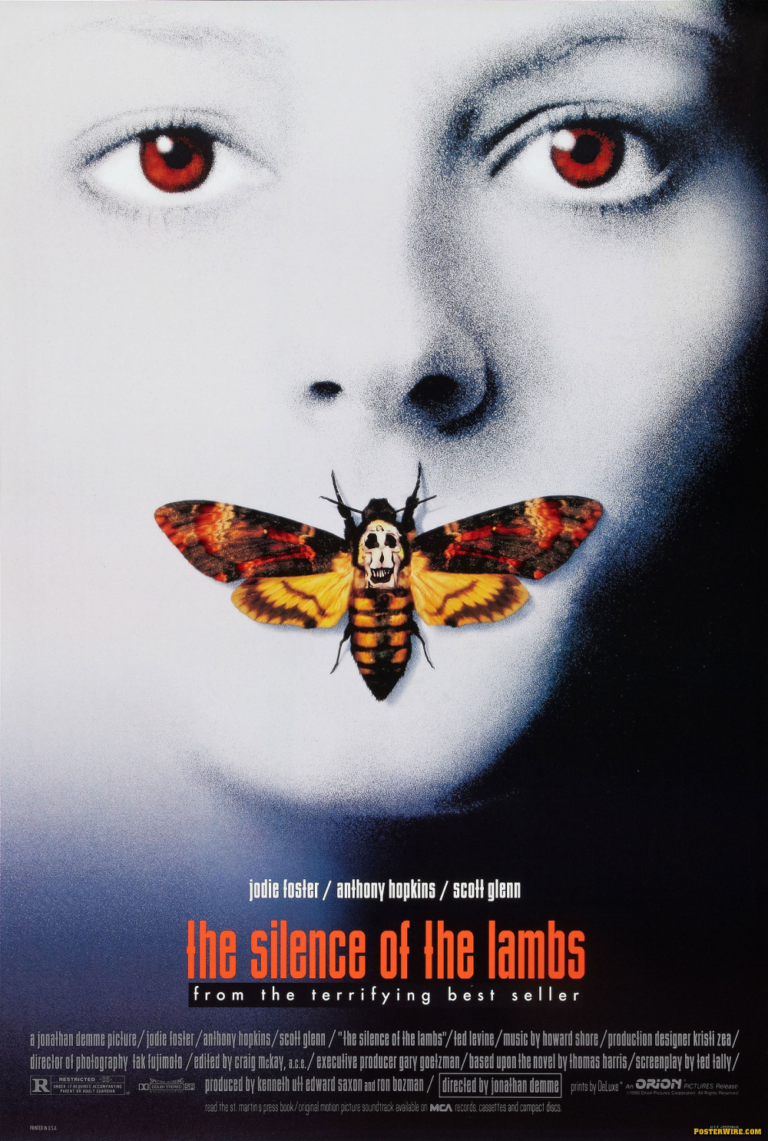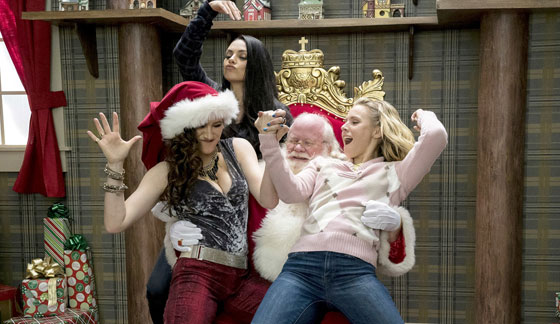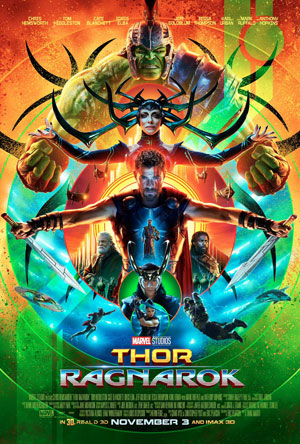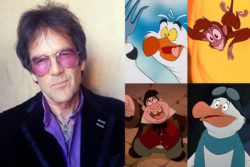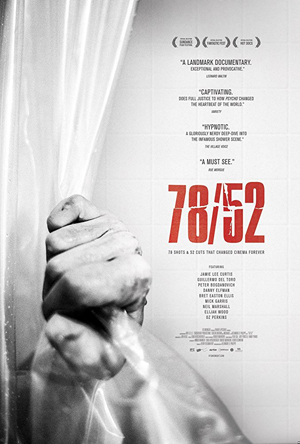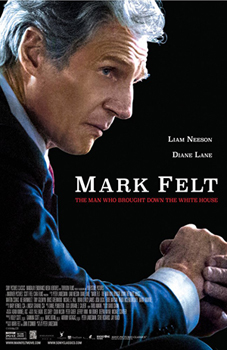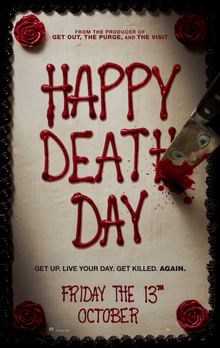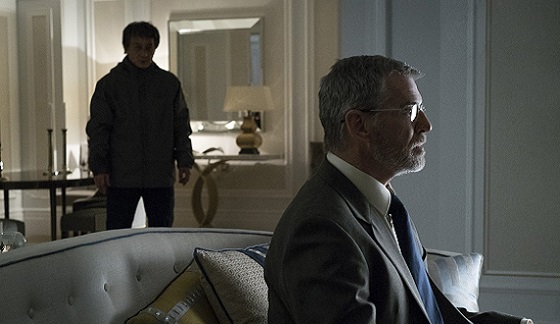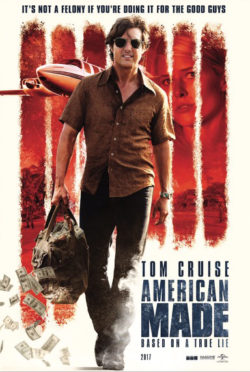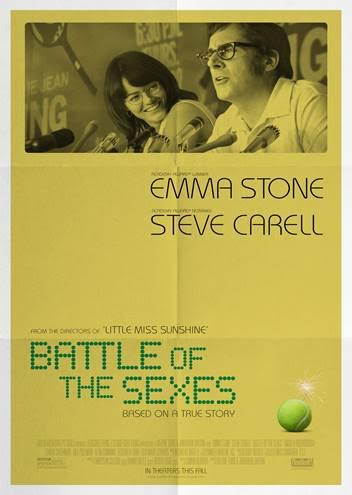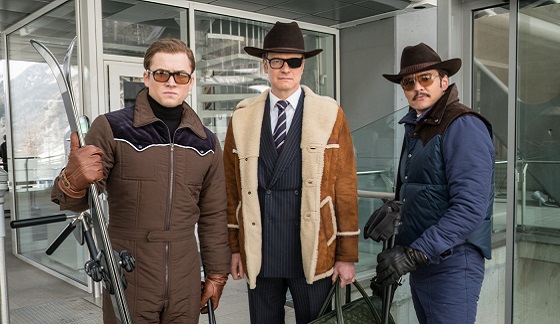Ever since his debut as Scut Farkus in “A Christmas Story” over three decades ago, Zack Ward has steadily carved out a career both in front of and behind the camera. But there is a lot more to Cleveland Street’s best known bully.
Zack and co-star Scott Schwartz will be appearing in Omaha this Friday, November 10, where they will host a charity screening of “A Christmas Story.” I had the opportunity to speak with Zack this week and he shared his thoughts about the film and his career.
Mike Smith: Why do you think, more than 30 years after its release, “A Christmas Story” is still so popular?
Zack Ward: I’ve been asked that question many times over the years and I’ve been able to give the answer a lot of thought. It has something to do with the combination of many things. The writing. The story is the same story structure of Homer’s “The Iliad.” A young boy goes on a mythical adventure. He fights all of these different demons. And he does this to finally earn the respect of his father. That’s what the B.B. gun is about. It’s not that it’s a toy. It could have been anything. If you remember what happens at the very end of the film, when the father says to Ralphie, “What’s that behind the tree?” The mom doesn’t even know what’s there. And he finds the B.B. gun and the mom is upset. But he tells her that he had one when he was that age. What the whole statement of the B.B. gun is is a coming of age. It’s the father’s acceptance of the son being responsible and becoming a man. Transitioning from being a child. And getting that respect from the parents that you adore means everything. It doesn’t matter what the toy is. What matters is what it represents.
MS: That is the greatest answer to that question that I’ve ever gotten.
ZW: (laughs) Thank you. I’ve had many years to ponder this. The other thing is the direction. If you look at the film again, and I’m sure you will now, you’ll notice that it is shot from the child’s view. Bob Clark had the camera lowered so that the camera was always shooting from Ralphie’s point of view. That never happens. Usually adults are looking down on children. In this situation, it’s always from the child’s perspective. At a certain point, Bob Clark had them remove the floor from part of the set to ensure they could get the camera dolly low enough in order to have the right perspective. He fought for that tooth and nail. Also, the film is multi-generational. It’s what they call in the industry “co-viewership.” It’s like “Modern Family.” You can watch “Modern Family” if you’re a grandpa, if you’re a mom, if you’re a dad, if you’re a teenager or if you’re a kid. And “A Christmas Story” captivates all of those life moments. You can see it as a child. Understand it as a parent. And reflect on it as an adult, thinking about your own childhood. I’ve been amazed to watch 70-year old men with their 50-year old sons and 25-year old grandsons and 5-year old great-great grandsons walk up to me because they all want to meet the kid from “A Christmas Story.” And they’re all surprised it’s me because they actually think it was shot in the 1940s. That’s the thing that’s incredible. How multi-generational it is. How inclusive it is. There’s no CGI. There’s no special effects. It’s just a great story that connects with people.
MS: Do you have a favorite memory from the shoot?
ZW: Yes I do. My favorite memory from the shoot was when I came to the set one day. We were shooting in Cleveland and there was no snow. It was the middle of winter and all of the lawns were dark brown. Cleveland at that time was not a city you really wanted to be in. It was going through a very severe economic crisis.
MS: I was born in Cleveland so I know what you’re talking about.
ZW: So you know. We were not allowed to go outside of the hotel after 6:00 pm for good reason. It was a scary place at night. We walked down to the set, to the house which is now a museum, and we turned the corner. And every other street is just brown grass and ugly lawns. But in the middle of the street is a house covered in snow. With a big tree in the yard full of icicles glistening in the sun. And it was all man-made. That for me was a “wow” moment. It took my breath away and still today I remember that feeling…that anything is possible.
MS: You have worked steadily since “A Christmas Story,” which is very rare for someone whose career started when they were a child. What’s your secret?
ZW: (laughs) I think it’s because I’ve got this face that people look at and want to punch! It’s not my fault. I’m a sweetheart of a guy. I just happen to have slanty eyes and red hair. And I really think people want to punch me in the face. Definitely it’s helped. (laughs)
MS: You’ve written and directed in the past. Do you see yourself doing more of that in the future?
ZW: I’m actually in the process of doing that now. I’m writing a series called “Fracture” and we go into pre-production in December. It’s a series I co-created with a friend of mine and I’m the single writer on it. I won’t be directing this one but I will be executive-producing and writing. But I do love directing. I’m actually getting ready to direct a commercial being shot in Akron, Ohio in about a week. I love working on both sides of the camera. The one job I hate is producing. It sucks! It’s such a horrible job. Everybody blames you for everything and nobody thanks you for anything. No matter what you pay them!
MS: Anything else coming up soon?
ZW: Yes. Onscreen I have a T.V. show called “Swedish Dicks,” as in detectives. The old, 1940s style term. He’s a flatfoot. I appear with Peter Stormare and a little fella named Keanu Reeves. I tell you, I don’t know but I think he’s got a career ahead of him. I’m also working on something I’m very excited about outside the entertainment environment. It’s called “All Sports Market” and it is the world’s first stock market for sports team. We’ve been working on it for the past 15 years and we’ve had a data model up for the last 3. The whole concept is that you can buy shares in your favorite sports team. And you can sell or trade them like you would stocks. It’s something that goes back to the Roman times, when at the Coliseum people would place their bets. And the sport always suffers because someone always takes a dive. Even if there is a suspicion of collusion towards throwing the game, gambling sours sports. It poisons it like a cancer. This takes that element out of the game. And it allows parents to bond with their children over their favorite sports teams. Do you have any children?
MS: One
ZW: How old is he?
MS: 33
ZW: If you said to your 10-year son, “hey buddy, let’s talk about market fluctuation and dividends and stock prices because you need to learn how to be an investor so you won’t be homeless when you’re 33,” I can pretty much guarantee you that he would fall asleep or start crying. But if you find out his favorite team, you can tell him that together you’re going to buy 10 shares in his favorite team and you can watch what happens over the season. It’s something you can do together. And by the end of the season you’re son or daughter is now financially literate. They know how to make investments. Because you took the moment and educated them on something important while to them they were just talking with dad about their favorite team.
You can learn more by going to www.AllSportsMarket.com. And if you sign up you get $2500.00 of play currency, what we call “learning capital.” The whole thing now is a learning market.
MS: Last question. You run into Peter Billingsley (Ralphie) in an alley. Who wins the fight this time?
ZW: (laughs) Is there any doubt in your mind that Scut Farkus took a dive? Another point against sports gambling. You KNEW I took a dive. I was bought out. I went down harder than a sack of potatoes. I’ve got a couple of black belts and was in “Black Belt” magazine so I think I’d do well. On the flip side, Peter did produce “Iron Man” so he’s probably got more bodyguards!
